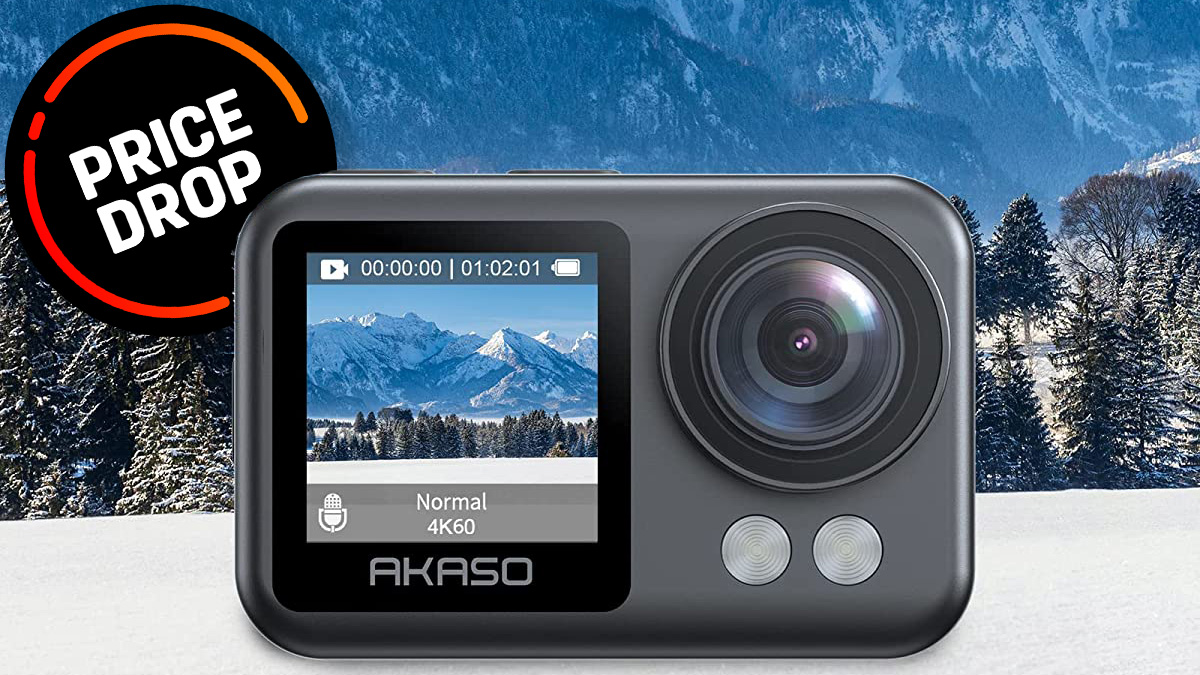The best Fujifilm GFX 50S and GFX 50S II prices and deals
The best Fujifilm GFX 50S deals on this refined medium format camera
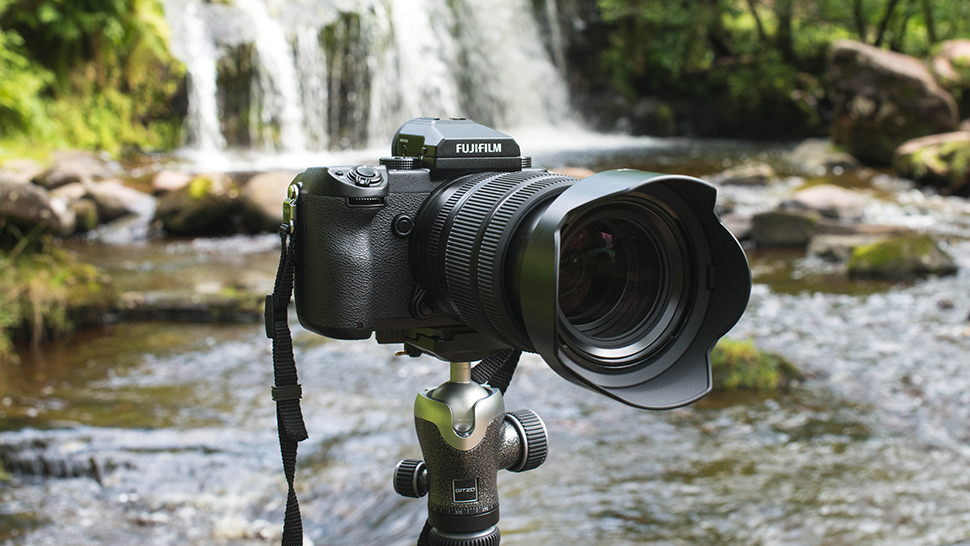
STOCK UPDATE! With the pandemic and resulting electronic chip shortages causing havoc in the global camera industry, retailers are struggling to stock enough of some of the most popular camera models. But don't despair! We've scoured the web to find retailers near you who'll either have the Fujifilm GFX 50S or GFX 50S II in stock right now, or else available for pre-order. Scroll down to see today's best prices...
Fujifilm’s decision to get into the digital medium format camera market with the GFX 50S makes a lot of sense. In some ways it's a logical extension to the success it has enjoyed with its premium build X-series mirrorless cameras, although it has a history with medium format stretching back to 1978.
That said, the all-new GFX format – of which the 50S was the first iteration – was a bold move on launch and is aimed at those with a more considered approach to image creation – not least those who favor (and need) bags of detail above all else. Other models in the range so far are the GFX 50R, GFX 100, Fujifilm GFX 100S and most recently, the replacement for the GFX 50S: the GFX 50S II.
The Mark II edition of the 50S isn't all that different from the original GFX 50S though, so don't let this put you off grabbing a potential bargain, as discounts are available on this older camera.
A high-end proposition with a price tag to match, the camera's medium format sensor, with physical dimensions of 43.8x32.9mm, is 1.7x larger than a full-frame one. As a result the camera gets its own line of G-mount lenses to make the most of the new format, capable of resolving the GFX’s huge 51.4MP resolution (8256x6192 effective pixels).
The manufacturer has explained its decision to break with convention by saying that sometimes the world doesn't conveniently fit into a 35mm frame. That said, the GFX 50S is comparable in physical dimensions to a full-frame DSLR.
Feeling surprisingly lightweight in the hand despite its chunky looks, this is a mirrorless camera for use on location as well as in the studio. There’s variety of choice when it comes to aspect ratios too: 4:3 ratio at 51.4 megapixels, 3:2 at 45.4MP, 16:9 at 38.3MP, 65:24 at 25.2MP, 5:4 at 48MP, and 38.8MP in the 1:1 format. In other words, photographers can maintain a decent number of pixels at any aspect ratio they choose.
The camera further features the compositional convenience of a tilting touchscreen and the option of a fully rotating eye-level viewfinder, the latter of which is electronic and also detachable. We further get a top-plate LCD that handily displays key shooting information and, naturally with this being a pro-grade medium format camera, there is the option to shoot tethered.
One might be forgiven for thinking that a medium format camera could be a bit more daunting to use than a DSLR or mirrorless camera, but the reality is that if you’ve used a Fujifilm X-T3 or similar you’ll feel right at home with the GFX 50S.
In summation, it appears that Fujifilm’s intention to build on the goodwill afforded its X series, in order to now seek medium format glory, might just have been a gamble that’s paid off.
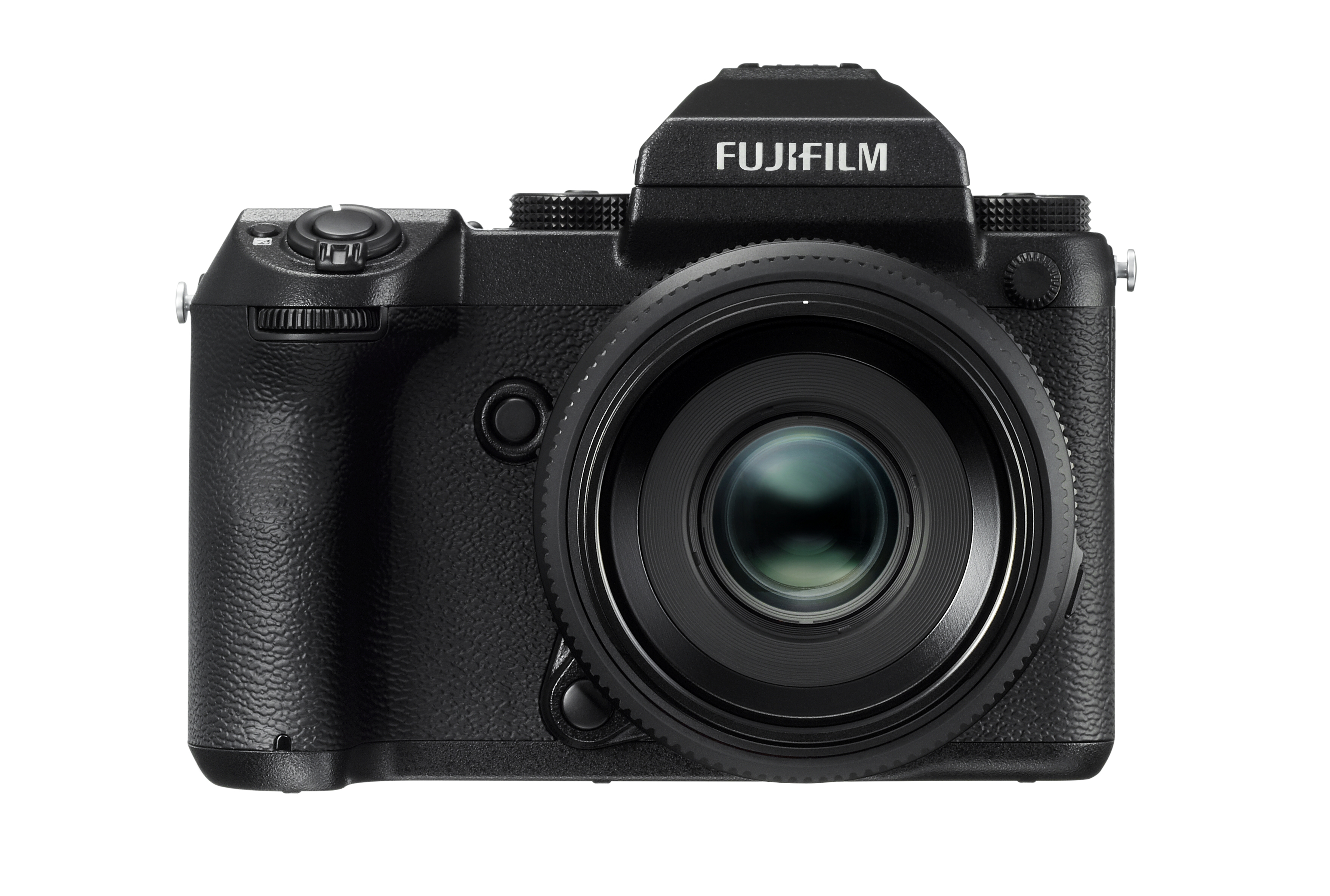
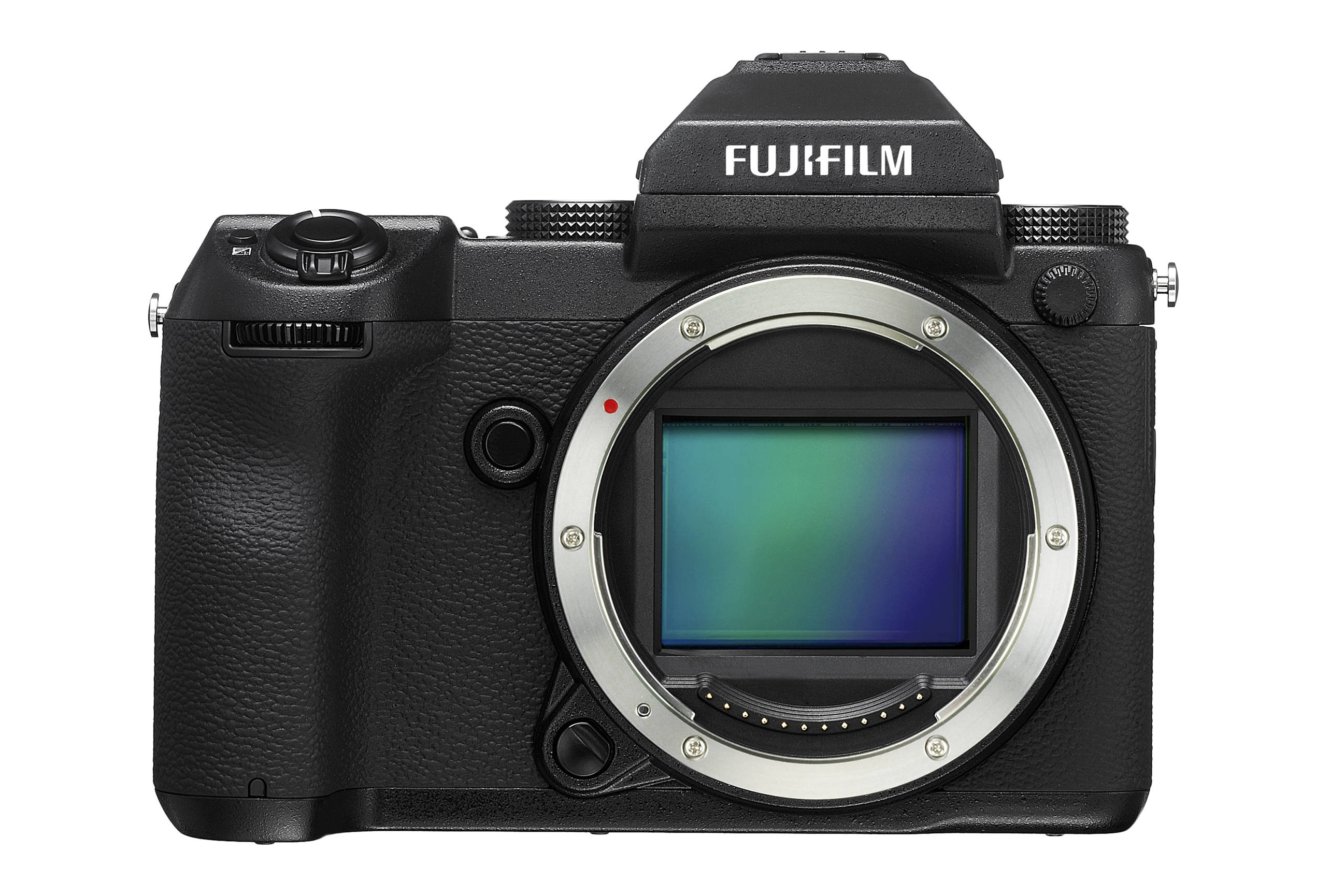
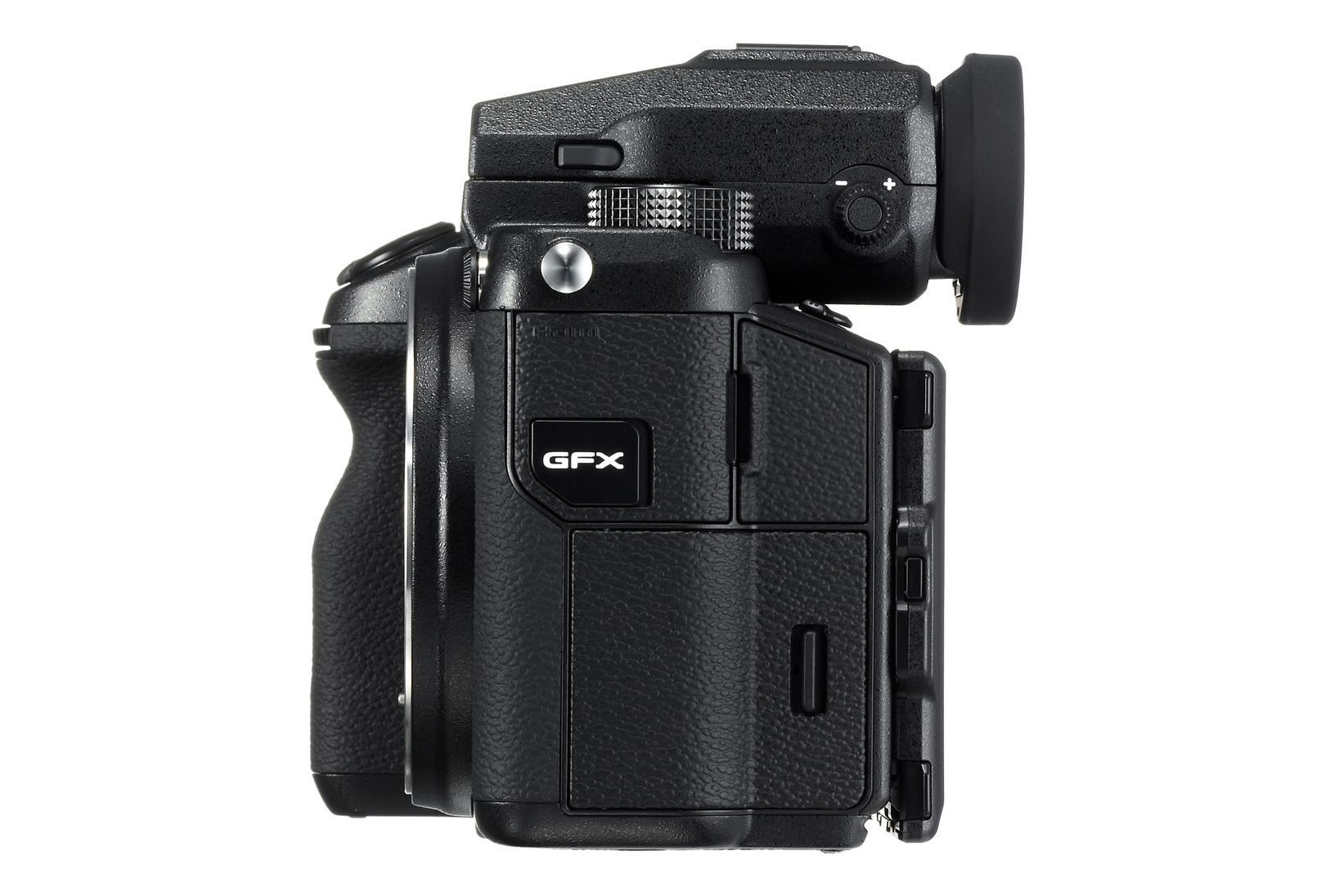
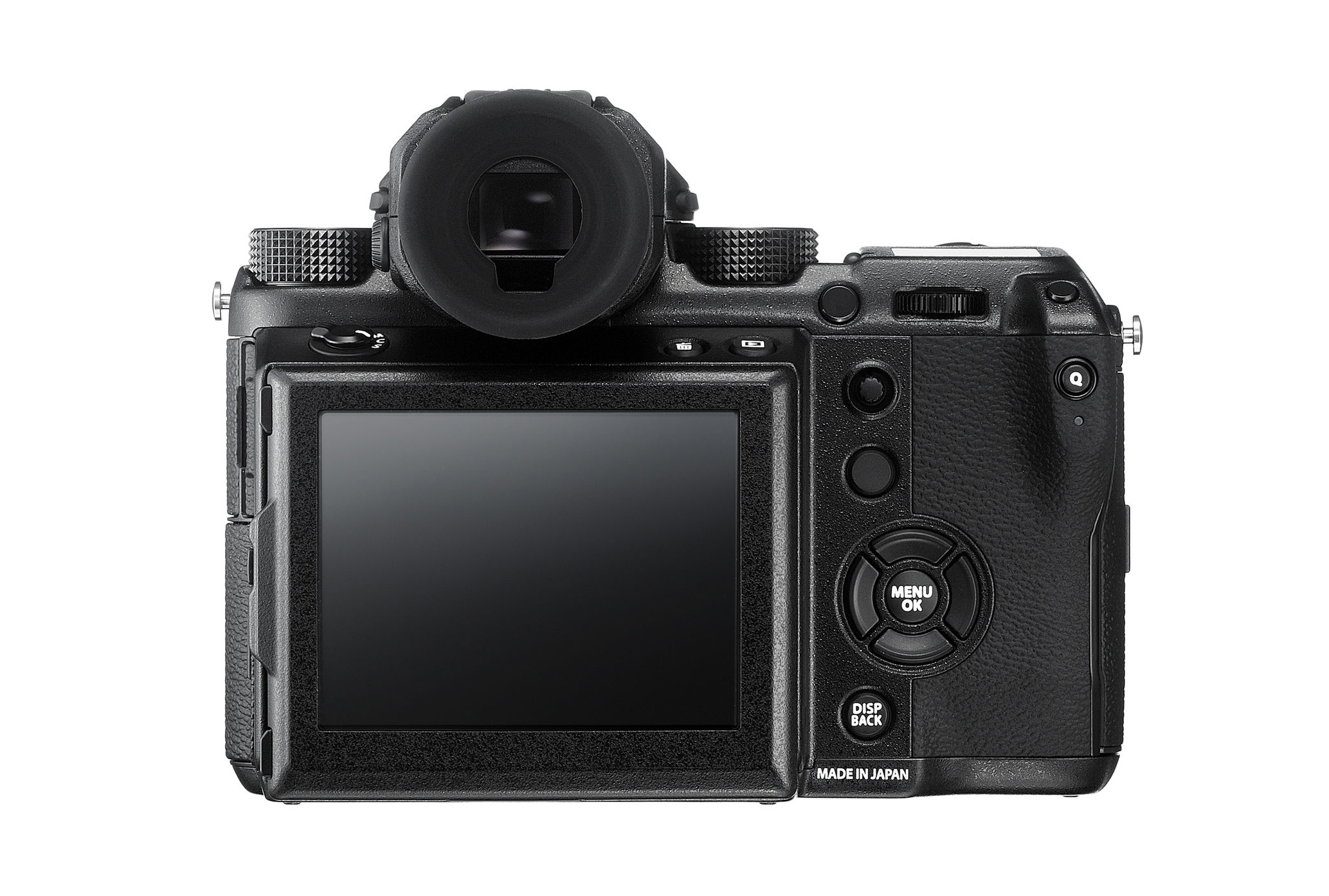
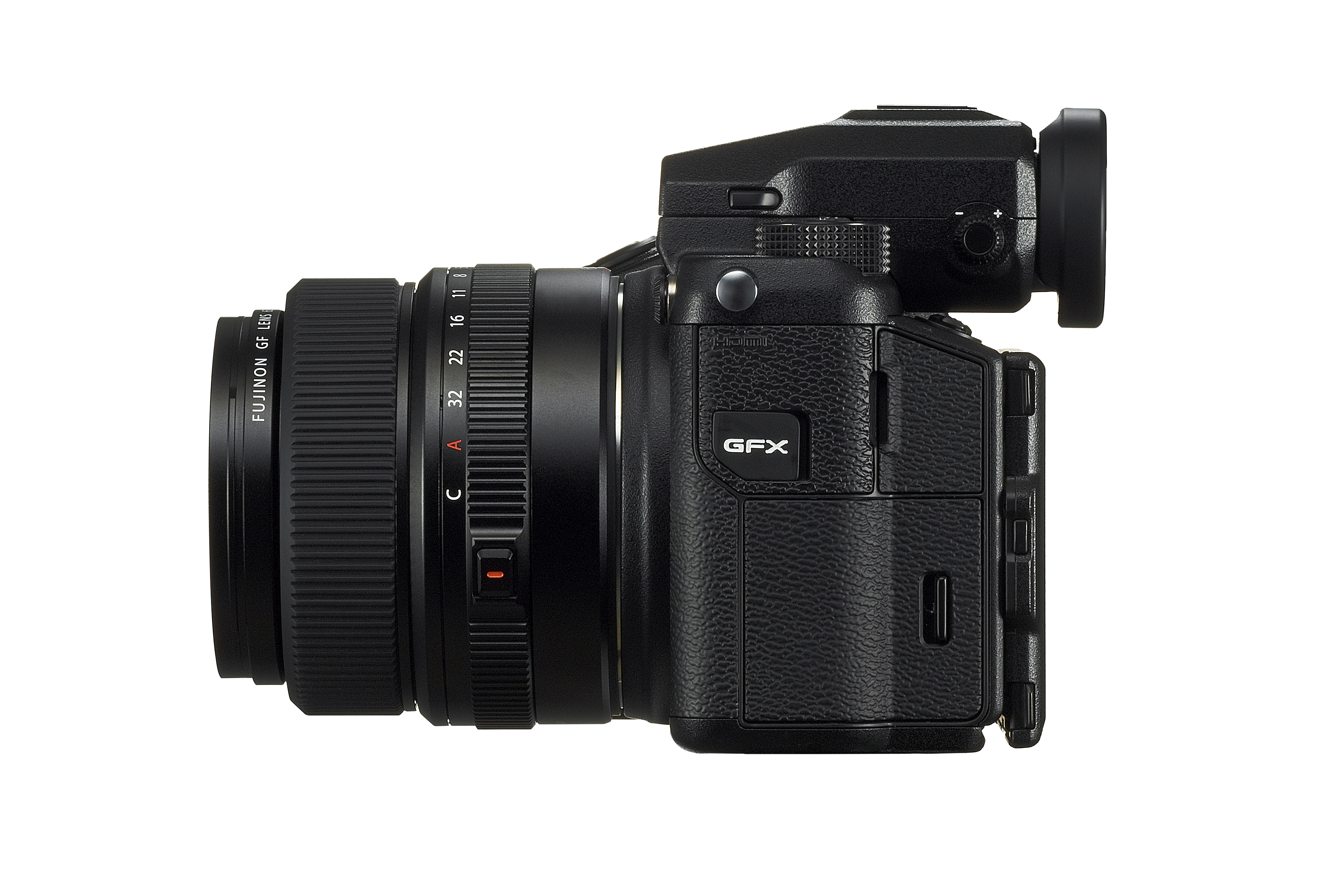
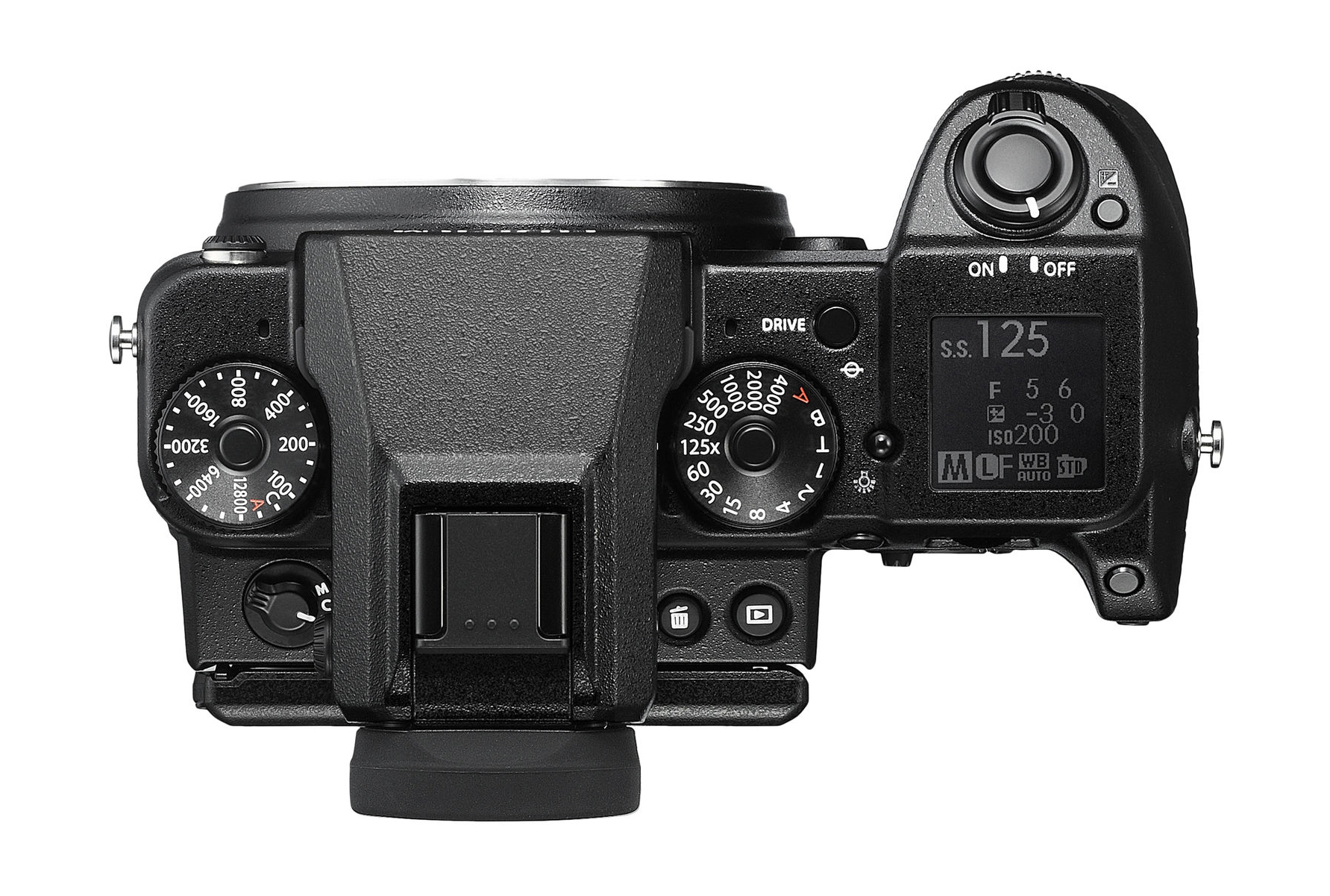
Fujifilm GFX 50S Key Specs
For the first model in a new series, the GFX 50S makes a mighty fine impression
Type: Mirrorless | Sensor: Medium format | Megapixels: 51.4MP | Lens mount: Fujifilm GF | Screen: 3.2in tilting touchscreen, 2,360K dots | Viewfinder: 0.5in EVF, 3.69million dots | Max burst speed: 3fps | Max video resolution: Full HD | User level: Professional
Read more
The best medium format camera
Best Fujifilm GF lenses for the GFX system
The best Fujifilm cameras
The Fujifiilm GF lens roadmap
Get the Digital Camera World Newsletter
The best camera deals, reviews, product advice, and unmissable photography news, direct to your inbox!

For nearly two decades Sebastian's work has been published internationally. Originally specializing in Equestrianism, his visuals have been used by the leading names in the equestrian industry such as The Fédération Equestre Internationale (FEI), The Jockey Club, Horse & Hound, and many more for various advertising campaigns, books, and pre/post-event highlights.
He is a Fellow of the Royal Society of Arts, holds a Foundation Degree in Equitation Science, and holds a Master of Arts in Publishing. He is a member of Nikon NPS and has been a Nikon user since his film days using a Nikon F5. He saw the digital transition with Nikon's D series cameras and is still, to this day, the youngest member to be elected into BEWA, the British Equestrian Writers' Association.
He is familiar with and shows great interest in 35mm, medium, and large-format photography, using products by Leica, Phase One, Hasselblad, Alpa, and Sinar. Sebastian has also used many cinema cameras from Sony, RED, ARRI, and everything in between. He now spends his spare time using his trusted Leica M-E or Leica M2, shooting Street/Documentary photography as he sees it, usually in Black and White.
